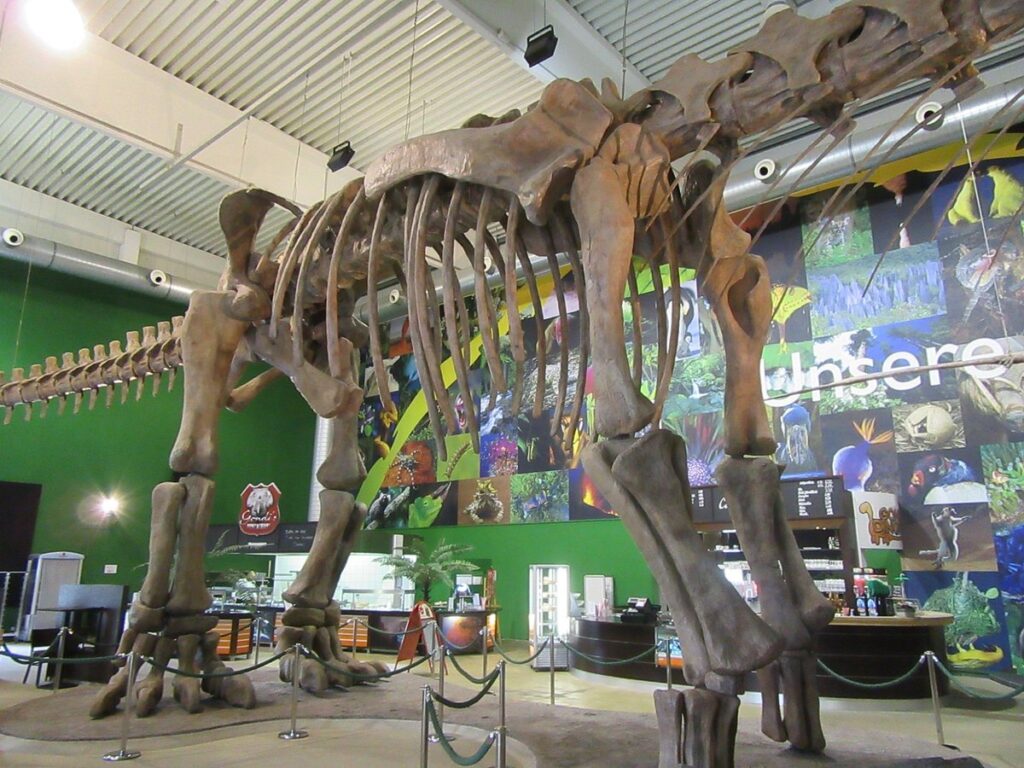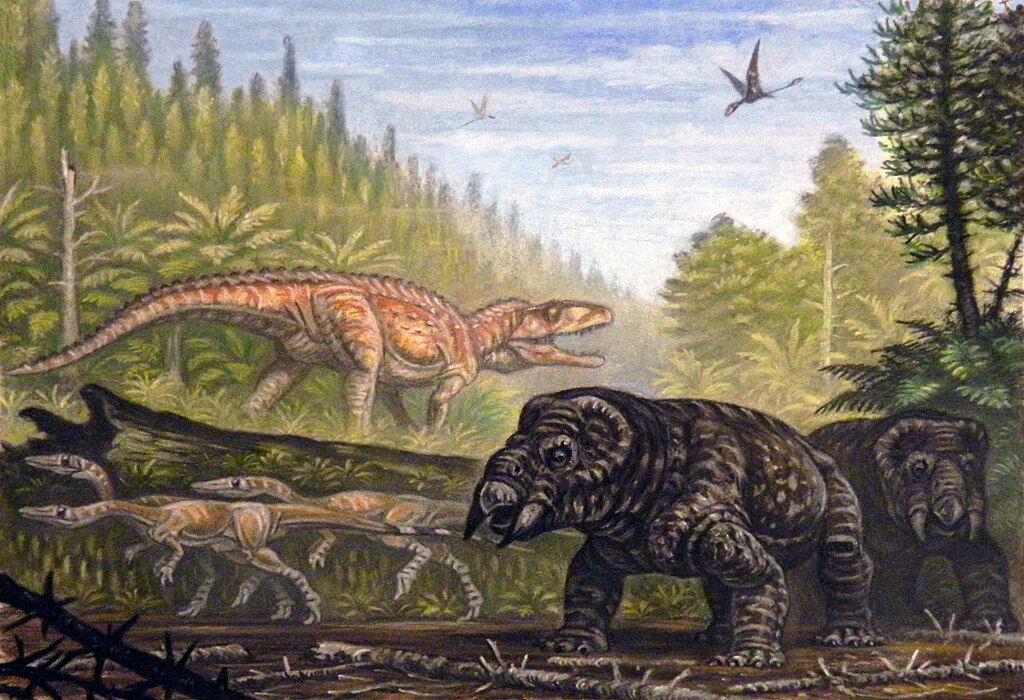Imagine walking through a primordial world where towering ferns stretch toward artificial skies, where the thunderous roar of prehistoric creatures echoes through mist-laden valleys, and where cutting-edge technology resurrects lost worlds from millions of years ago. This isn’t science fiction – it’s the breathtaking reality of Germany’s Gondwana – Das Praehistorium, a revolutionary prehistoric theme park that’s redefining how we experience natural history. Located in the North Rhine-Westphalia region, this extraordinary attraction has become Europe’s most ambitious attempt to merge paleontological accuracy with immersive entertainment, creating an experience that leaves visitors questioning where science ends and magic begins.
The Birth of a Prehistoric Vision
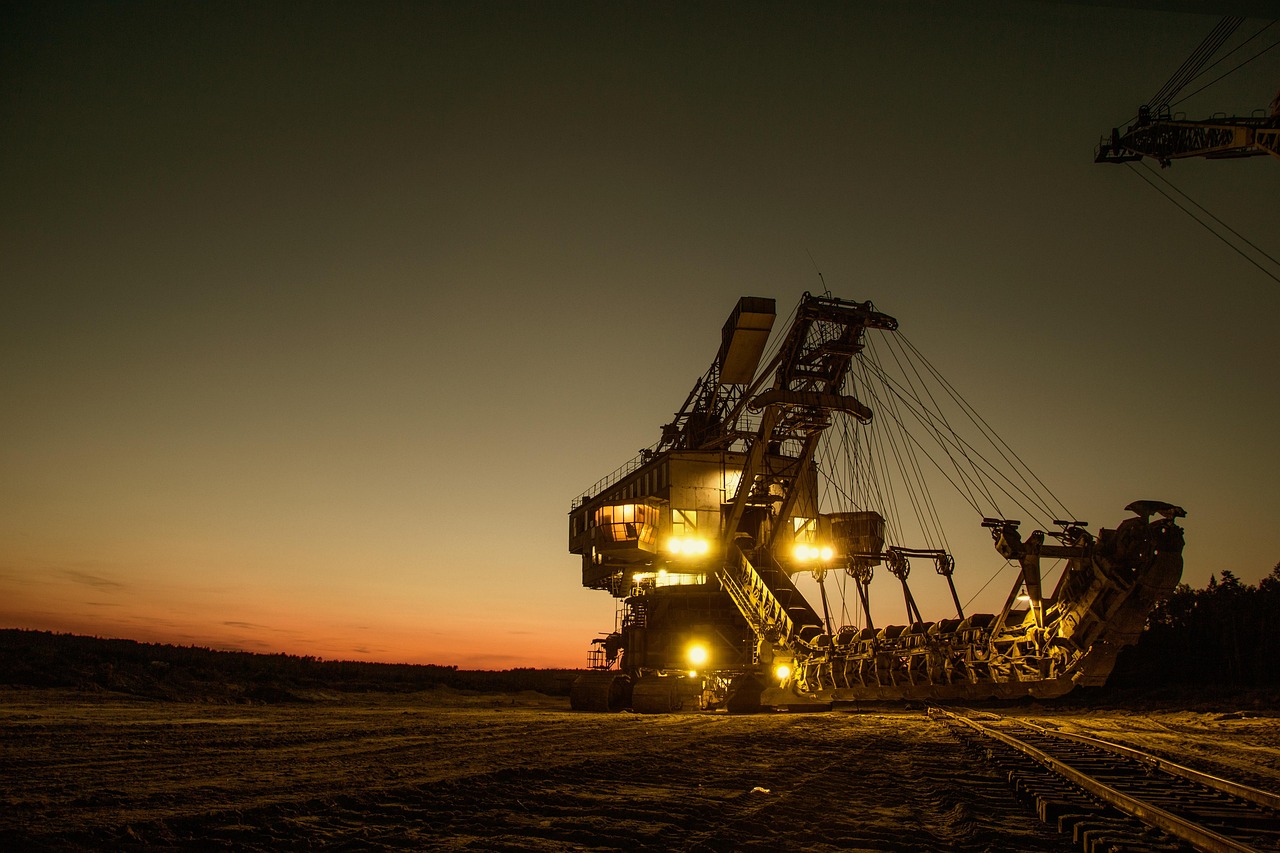
The story behind Gondwana’s creation reads like an adventure novel itself. What started as a former mining site in Schiffweiler has been transformed into a 30-million-euro prehistoric wonderland that opened its doors in 2008. The park’s founders envisioned something unprecedented: a place where families could walk alongside dinosaurs while learning genuine scientific facts about Earth’s ancient past.
The name “Gondwana” pays homage to the ancient supercontinent that existed between 600 and 180 million years ago, when much of today’s landmasses were joined together. This geological reference sets the stage for the park’s mission to take visitors on a journey through deep time, from the earliest life forms to the age of mammals.
Where Ancient Worlds Come Alive
Step inside Gondwana’s main attraction, and you’re immediately transported 300 million years into the past. The park’s centerpiece is a massive indoor rainforest spanning 8,000 square meters, complete with waterfalls, tropical vegetation, and life-sized dinosaur replicas that move, breathe, and roar with startling realism. The attention to detail is extraordinary – even the humidity and temperature are carefully controlled to match prehistoric conditions.
The journey begins in the Carboniferous period, where giant dragonflies with two-foot wingspans buzz overhead and towering tree ferns create a canopy that filters the artificial sunlight. Visitors walk along elevated pathways that wind through this ancient landscape, experiencing what our planet looked like when it was dominated by swamps and the first forests were taking root.
Animatronic Marvels That Blur Reality
The park’s animatronic dinosaurs represent some of the most sophisticated prehistoric recreations in the world. Each creature is meticulously crafted based on the latest paleontological research, with movements programmed to reflect current scientific understanding of dinosaur behavior. The star of the show is a massive Brachiosaurus that stands over 20 feet tall, its neck swaying gracefully as it appears to feed on treetops.
But it’s not just about size – the smaller creatures often steal the show with their intricate details. A pack of Compsognathus scurries across the forest floor, their movements so lifelike that children often ask if they’re real animals. The park’s technical team works constantly to maintain and upgrade these mechanical marvels, ensuring that each visit feels fresh and authentic.
The Science Behind the Spectacle
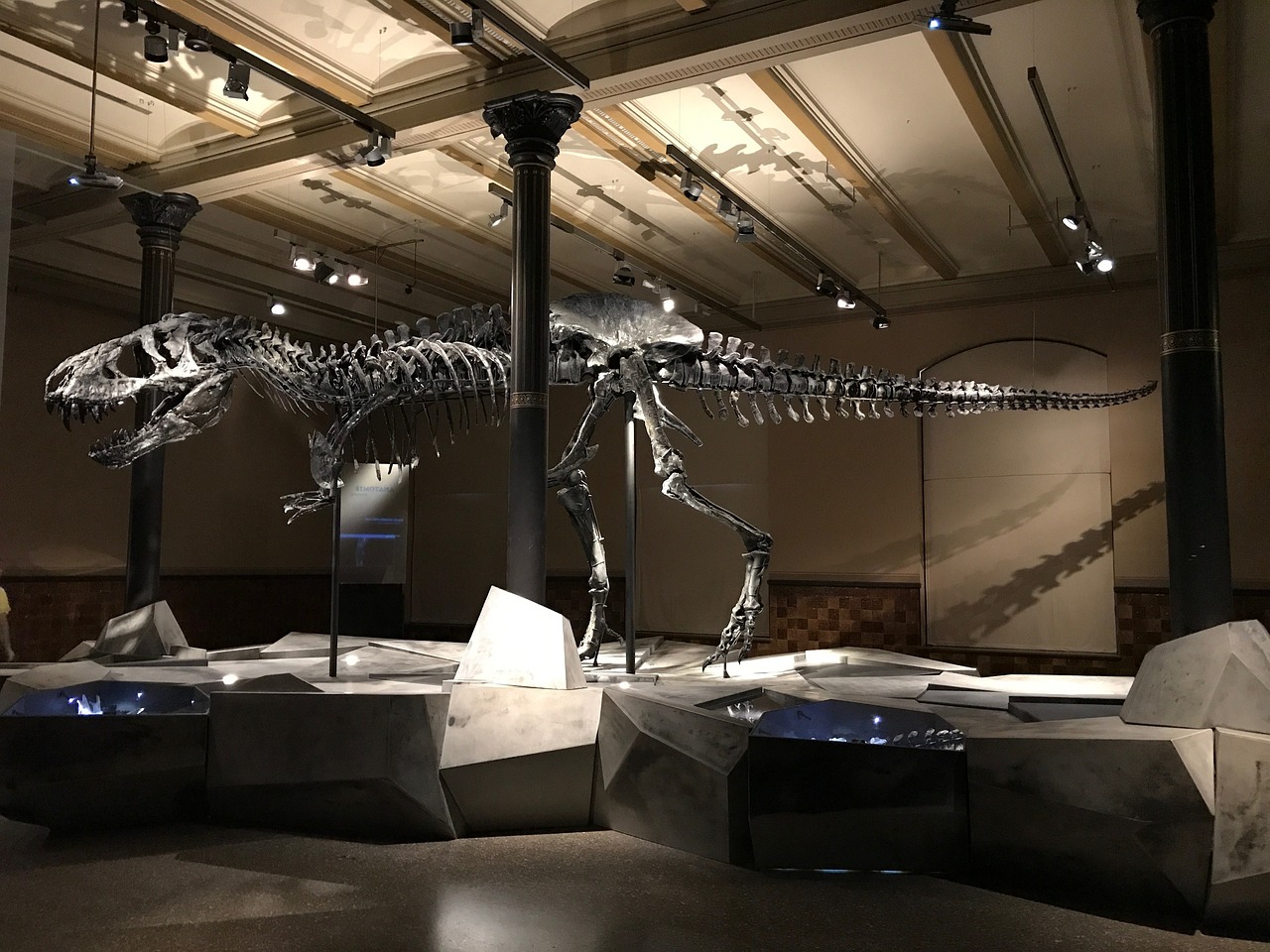
What sets Gondwana apart from typical theme parks is its unwavering commitment to scientific accuracy. The park employs paleontologists and geologists who ensure that every exhibit reflects current scientific understanding. When new fossil discoveries change our knowledge of prehistoric life, the park updates its displays accordingly.
The educational value extends beyond the dinosaurs themselves. Interactive exhibits explain concepts like plate tectonics, evolution, and extinction events in ways that make complex scientific principles accessible to visitors of all ages. Touch screens allow guests to explore fossil records, while augmented reality stations show how paleontologists reconstruct ancient creatures from fragmentary remains.
Journey Through Geological Time
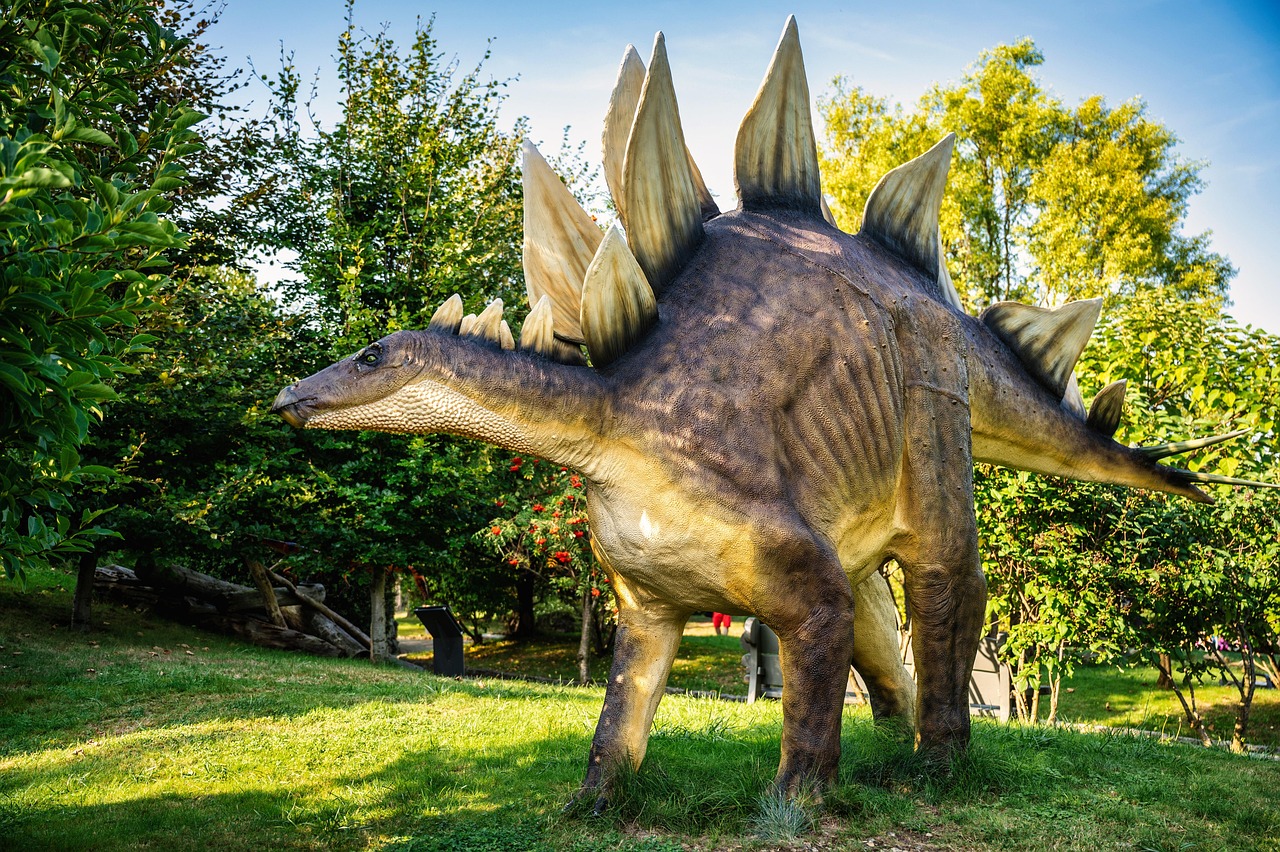
The park’s layout follows a chronological path through Earth’s history, starting with the earliest life forms and progressing through major evolutionary milestones. Visitors begin in the Paleozoic era, witnessing the explosion of life in ancient seas before moving onto land with the first amphibians and reptiles.
The transition into the Mesozoic era – the famous “Age of Dinosaurs” – is marked by increasingly dramatic displays. Here, guests encounter the titans that ruled the Earth for over 160 million years, from the mighty Tyrannosaurus rex to the gentle giants like Triceratops. The journey concludes in the Cenozoic era, showcasing the rise of mammals and the ice ages that shaped our modern world.
Immersive Technology Meets Ancient History

Gondwana pushes the boundaries of what’s possible in educational entertainment through its use of cutting-edge technology. 4D cinema experiences transport visitors to prehistoric oceans, complete with motion seats that simulate swimming alongside marine reptiles. The theater’s environmental effects – wind, mist, and even scents – create a multisensory experience that makes the ancient world feel tangible.
Virtual reality stations allow guests to experience life from a dinosaur’s perspective, soaring through Cretaceous skies as a Pteranodon or stalking prey as a Velociraptor. These technological innovations don’t replace traditional exhibits but enhance them, creating multiple layers of engagement that appeal to different learning styles.
The Living Laboratory Experience
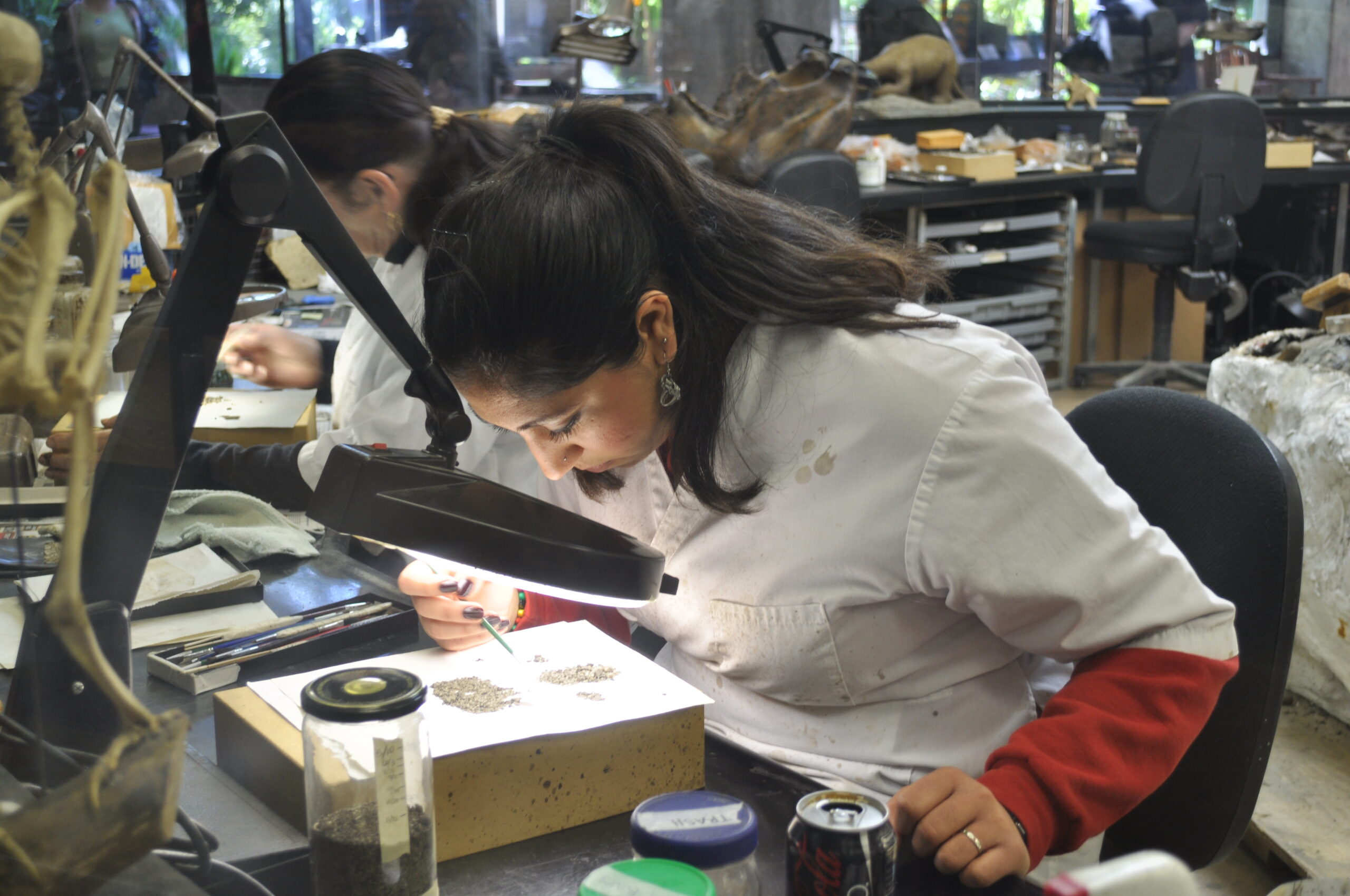
One of the park’s most unique features is its working paleontology lab, where visitors can observe real scientists preparing fossils and conducting research. Large windows allow guests to watch as technicians carefully extract bones from rock matrix, using the same techniques employed at dig sites around the world.
The lab also houses rotating displays of actual fossils, including specimens on loan from major museums and universities. These authentic artifacts provide a tangible connection to the past, allowing visitors to see the evidence that scientists use to reconstruct ancient life. Interactive displays explain how fossilization works and why certain conditions are necessary for preservation.
Climate Change Through Deep Time
Gondwana doesn’t shy away from addressing contemporary environmental issues through the lens of deep time. Special exhibits explore how Earth’s climate has changed throughout history, from ice ages to greenhouse periods when dinosaurs roamed Antarctica. These displays provide crucial context for understanding current climate change, showing how life has adapted to dramatic environmental shifts in the past.
The park’s approach to this sensitive topic is both educational and thought-provoking. By showing how previous mass extinctions reshaped life on Earth, visitors gain perspective on both the resilience and fragility of natural systems. This historical context helps people understand that while change is natural, the current rate of environmental transformation is unprecedented.
Interactive Dig Sites and Fossil Hunting
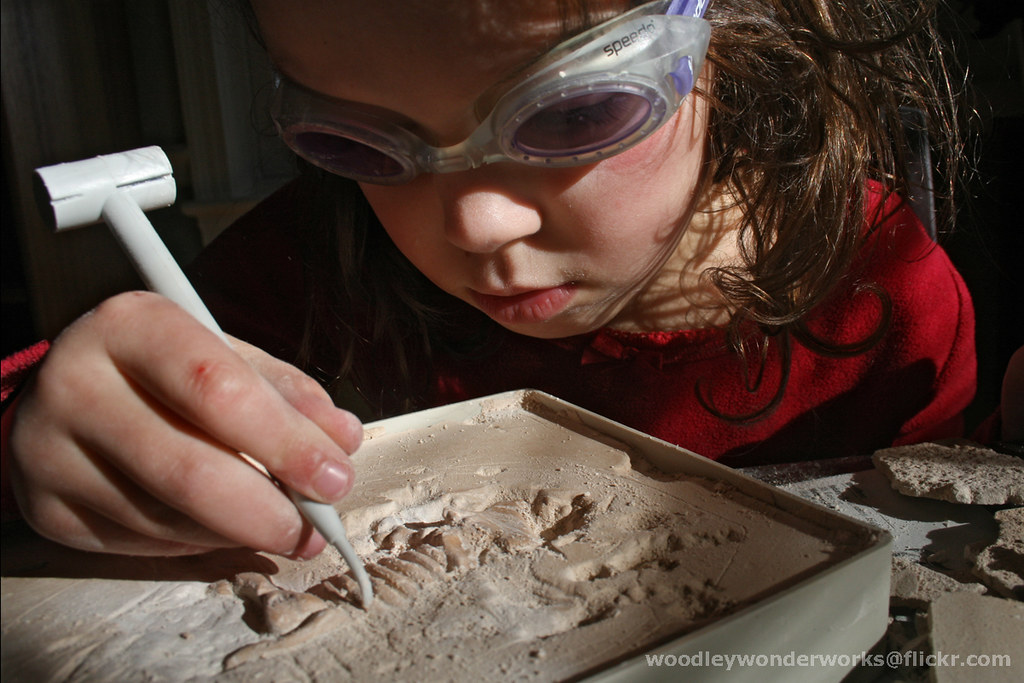
For those who want hands-on experience, Gondwana offers simulated excavation sites where visitors can uncover replica fossils using real paleontological tools. These dig areas are carefully designed to mimic actual fossil sites, complete with different rock layers and varying difficulty levels for different age groups.
The experience teaches patience and precision – qualities essential in real paleontology. Participants learn to document their finds, measure specimens, and understand the importance of context in fossil discovery. Many visitors leave with a newfound appreciation for the painstaking work that goes into uncovering Earth’s ancient secrets.
The Art of Prehistoric Recreation
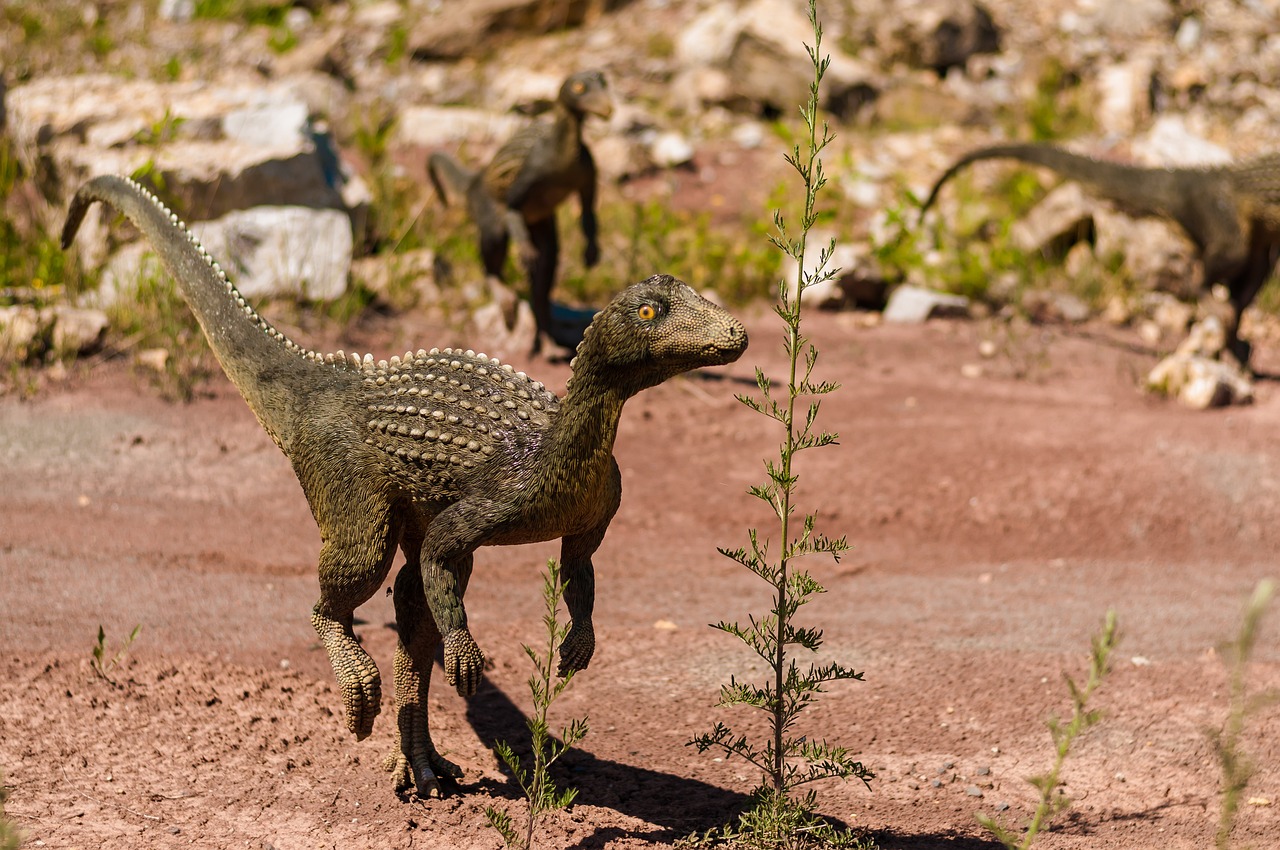
Creating convincing prehistoric environments requires more than just scientific knowledge – it demands artistic vision. Gondwana’s team includes skilled artists who specialize in paleoart, the challenging discipline of bringing ancient creatures to life based on incomplete fossil evidence. These artists work closely with scientists to ensure that their creations are both scientifically plausible and visually stunning.
The park’s vegetation is equally impressive, featuring both living plants that represent ancient lineages and carefully crafted artificial specimens that recreate extinct species. Cycads, ferns, and conifers create authentic prehistoric landscapes, while specially designed lighting systems simulate everything from Jurassic sunsets to Carboniferous twilight.
Educational Programs and Research Partnerships
Gondwana serves as more than just entertainment – it’s a legitimate educational institution with partnerships to universities and research organizations across Europe. School groups regularly visit for specialized programs that align with curriculum standards, while the park’s educational staff develops materials for teachers to use in their classrooms.
The park also contributes to ongoing paleontological research through its partnerships with academic institutions. Visiting researchers use the facility’s resources for public outreach, while the park’s sophisticated displays serve as testing grounds for new educational approaches. This symbiotic relationship between entertainment and education creates benefits for both visitors and the scientific community.
Conservation Messages Through Prehistoric Perspectives
By showcasing the incredible diversity of life that has existed on Earth, Gondwana naturally becomes a powerful advocate for conservation. Visitors leave with a deeper appreciation for the complexity and fragility of ecosystems, having witnessed how environmental changes have shaped life throughout geological time.
The park’s exhibits on mass extinctions are particularly impactful, showing how relatively small environmental changes can have cascading effects throughout entire ecosystems. These displays don’t preach about conservation but instead let the evidence speak for itself, allowing visitors to draw their own conclusions about the importance of protecting biodiversity.
Future Expansions and Technological Innovations
Gondwana continues to evolve, with plans for new exhibits and technological upgrades constantly in development. The park’s management recognizes that staying current with both scientific discoveries and technological capabilities is essential for maintaining its position as a world-class attraction.
Recent additions include augmented reality features that allow visitors to see how different prehistoric environments looked in their prime, while upcoming projects promise even more immersive experiences. The park’s commitment to innovation ensures that repeat visitors always find something new to discover.
Impact on Tourism and Education
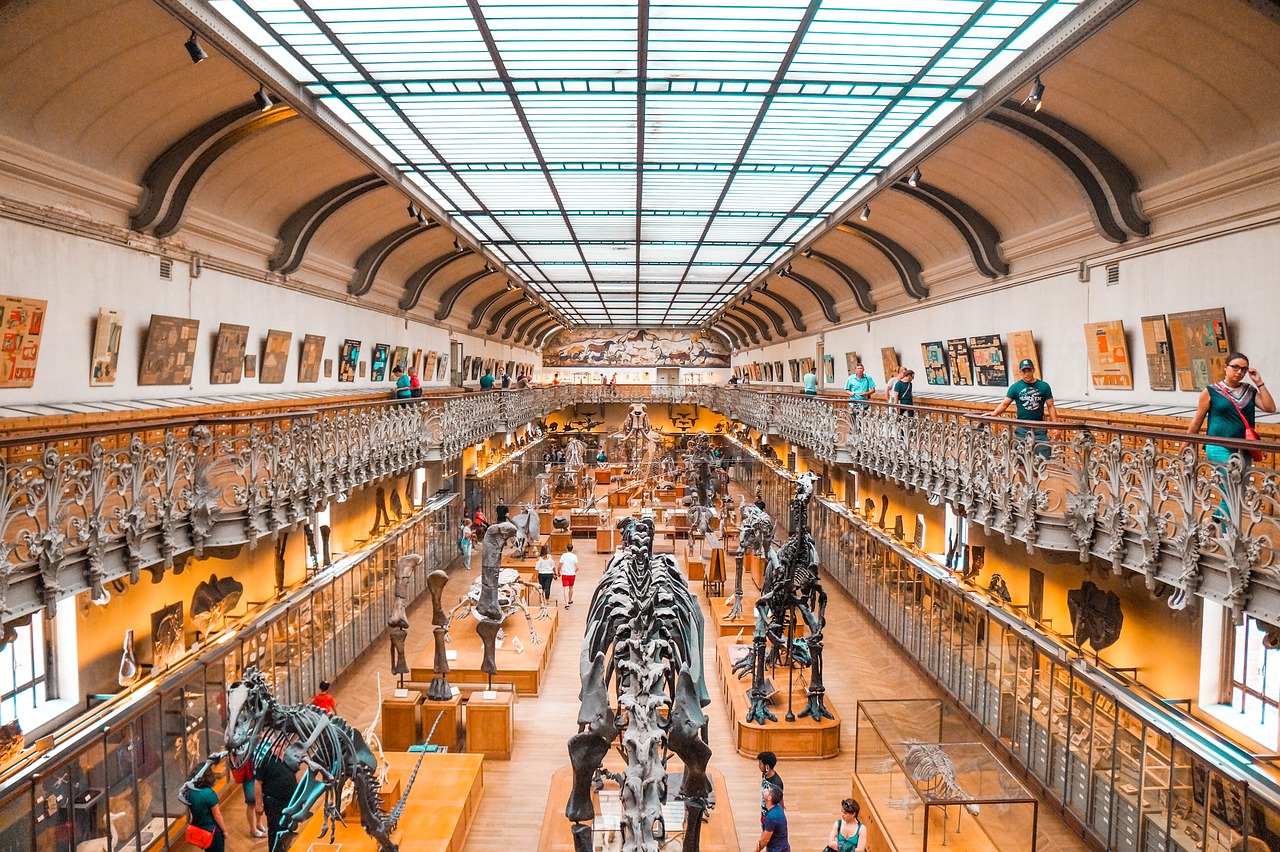
Since opening, Gondwana has become a major tourist destination, attracting visitors from across Europe and beyond. The park’s success has inspired similar projects worldwide, proving that there’s a significant appetite for high-quality science-based entertainment. Hotels, restaurants, and other businesses in the surrounding area have benefited from the increased tourism, creating a positive economic impact on the region.
The park’s influence extends beyond economics – it has changed how people think about prehistoric life. Many visitors report that their experience at Gondwana sparked a lifelong interest in paleontology, geology, or natural history. This ripple effect multiplies the park’s educational impact far beyond its physical boundaries.
The intersection of cutting-edge technology and ancient history at Gondwana represents more than just entertainment – it’s a new model for how science education can engage and inspire people of all ages. By making prehistoric worlds accessible and emotionally resonant, the park transforms abstract scientific concepts into vivid, memorable experiences that stick with visitors long after they leave. In an age where digital distractions compete for our attention, Gondwana proves that nothing captures the imagination quite like coming face-to-face with the incredible story of life on Earth. What could be more thrilling than walking in the footsteps of creatures that dominated our planet for millions of years?

